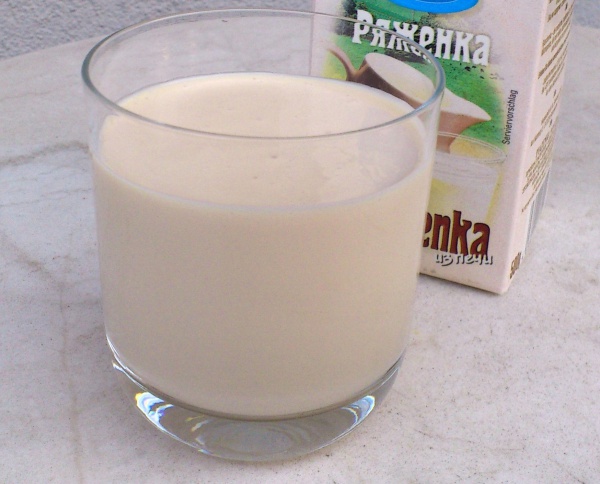Facts About Ryazhenka
Ryazhenka is a cherished fermented milk beverage originating from Belarus, Russia, and Ukraine. Its name is derived from the Ukrainian word "пряжений" which translates to "baked milk." It is often referred to in Russian and Soviet contexts as "Little Russian" or "Ukrainian ryazhenka" underscoring its Ukrainian culinary heritage. In Russia, a similar beverage known as "varenets" exists, though there are some distinctions in their preparation methods.
To make ryazhenka, milk is first pasteurized and then simmered over low heat for an extended period. This step is vital as it initiates the fermentation process. Traditionally, sour cream was used to ferment the milk, but contemporary practices typically employ pure thermophilic bacterial cultures. The prolonged heating process triggers the Maillard reaction, giving ryazhenka its distinctive creamy color and caramel-like flavor. Commercially produced ryazhenka generally has a fat content ranging from 3.5% to 4%.
There are comparable fermented milk products like qatiq and kaymak found in Turkic countries, which also involve heating the milk to high temperatures before fermentation, distinguishing them from other yogurt beverages. For ryazhenka, fermentation occurs at temperatures above 40°C (104°F) and typically lasts between three to six hours. Traditionally, ryazhenka was prepared by placing a clay pot filled with milk in a Russian oven for a day until a brown crust formed on top. However, modern production techniques now utilize precise temperature control and specific bacterial cultures to achieve the same delectable result.

 Russia
Russia